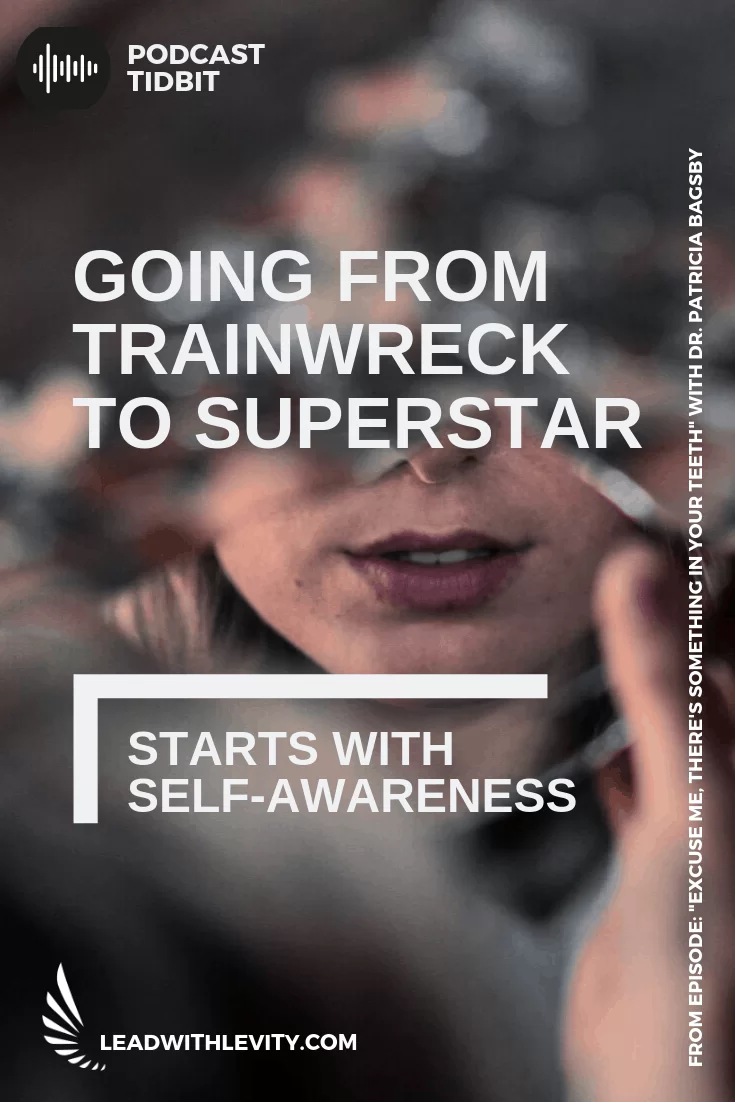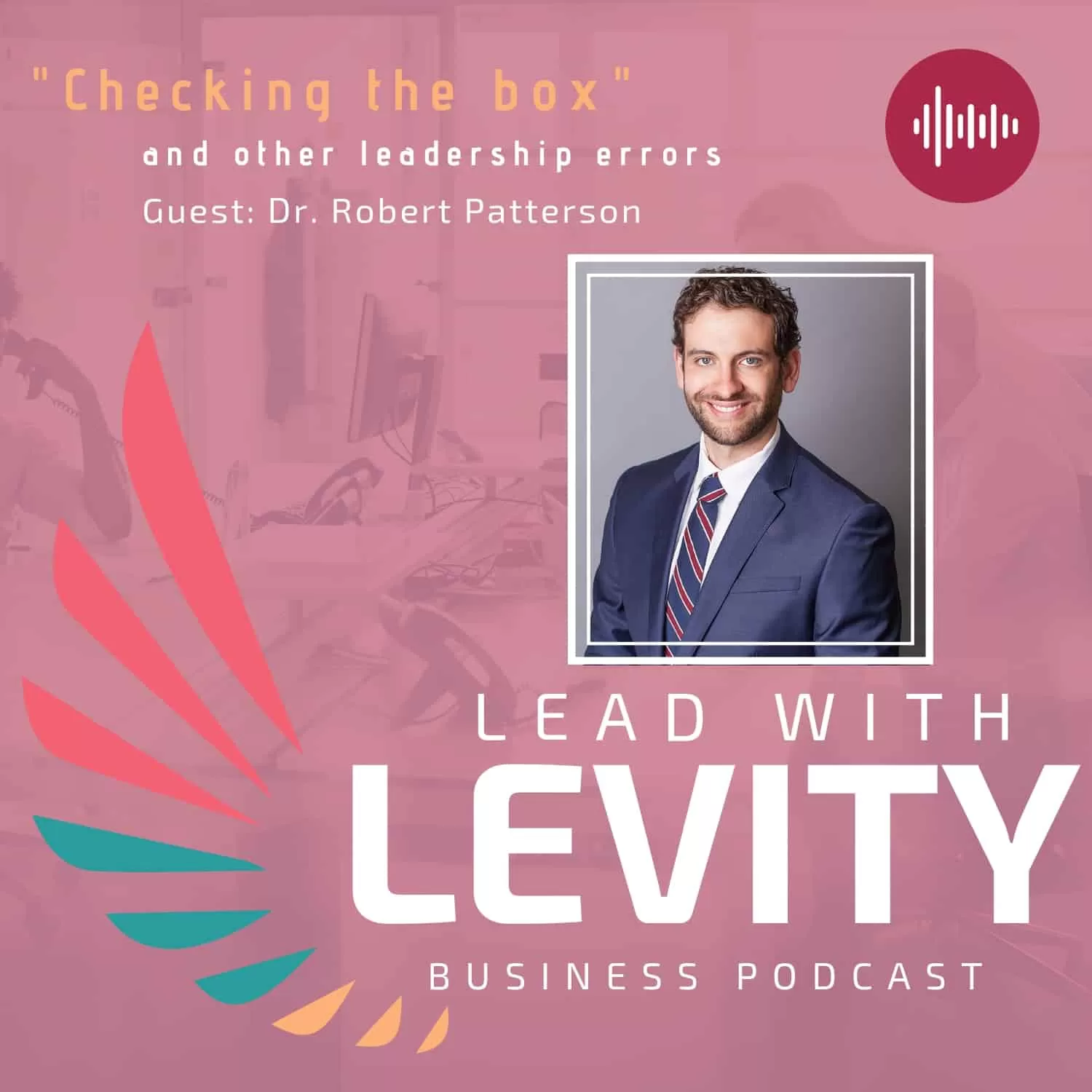Hi, I’m Dr. Heather Walker, an organizational psychologist. My work involves empowering individuals across various sectors in the US to thrive both personally and professionally. One of the most effective tools I’ve found in this journey is storytelling, and I’m excited to share how you can leverage it to enhance your presentations and instructional materials.
The Art of Storytelling:
Storytelling isn’t just for entertainers. It’s a powerful tool that, when applied to presentations and instructional materials, can transform the way information is perceived and retained. I’ve spent years crafting workshops and speaking engagements where storytelling is a central theme.
Bringing Lessons to Life:
My approach involves breathing life into abstract concepts by drawing from common stories, scenarios, and personal experiences. This method helps audiences relate to the content on a deeper level, seeing challenges and solutions in a new light.
Incorporating storytelling, especially through reinterpreted fairy tales and common experiences, can be a game-changer. It allows your audience to see their situations mirrored in the stories, thereby understanding the moral or lesson more intimately. It’s about making complex ideas accessible and relatable.
Audience-Centric Storytelling:
The key to effective storytelling in presentations is understanding your audience’s struggles. What challenges do they face? What keeps them up at night? I’ve found that tapping into these insights allows for more impactful and relevant storytelling.
Storytelling as a Reflection of Reality:
Consider the challenges you discuss in your presentations. Can they be compared to a well-known story or personal experience? For example, the concept of striving beyond limits could be likened to the story of Icarus. Such parallels help audiences grasp and relate to the content more effectively.
Think about the transformations your audience is seeking. What are their goals and aspirations? Identifying these can help you select stories that not only resonate but also provide a roadmap for achieving desired outcomes.
The Method Behind the Magic:
I often draw inspiration from various speaking styles, like those of preachers and motivational speakers, who excel at finding profound insights in everyday experiences. This approach can be applied in your presentations too. Be observant, be present, and look for those moments and experiences that offer deeper insights.
Selecting and Tailoring Your Stories:
When choosing a story, consider its uniqueness, purpose, history, and relevance to your audience’s challenges. This will ensure that your storytelling is both engaging and pertinent. Remember, the goal is to connect with your audience on a level that transcends mere facts and figures.
Conclusion:
Storytelling is a potent tool for enhancing presentations and instructional materials. It not only engages but also inspires and educates in a way that traditional methods may not. I hope my insights inspire you to explore storytelling in your presentations, transforming how you communicate and connect with your audience.
Thank you for joining me in exploring the art of storytelling. Here’s to making your next presentation not just informative, but also profoundly impactful!










